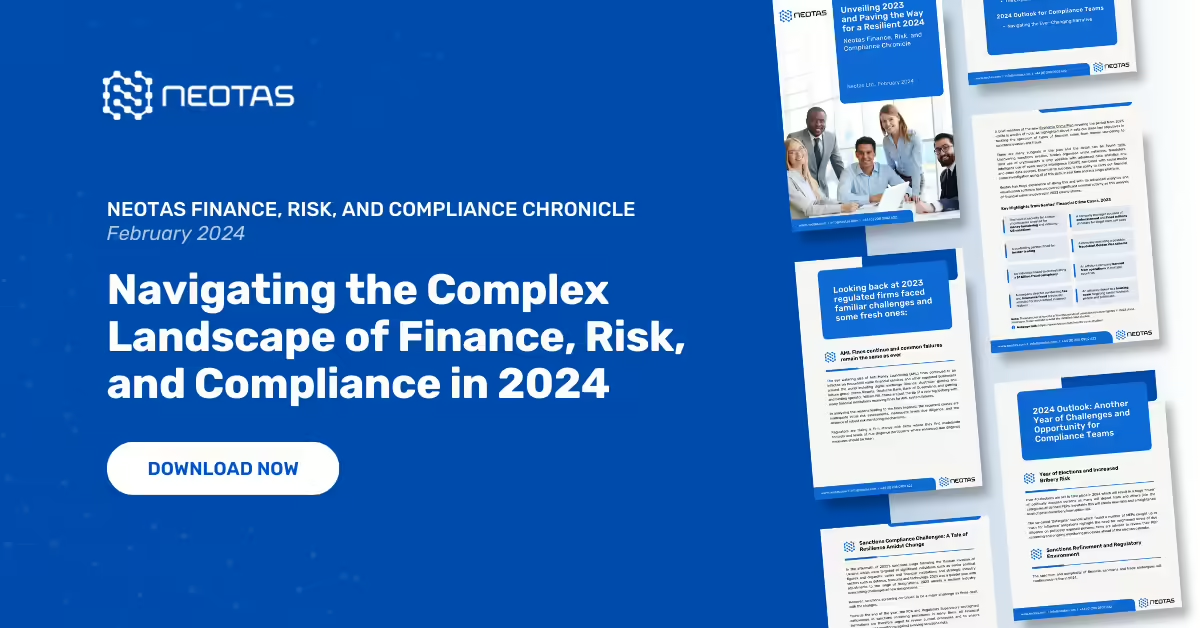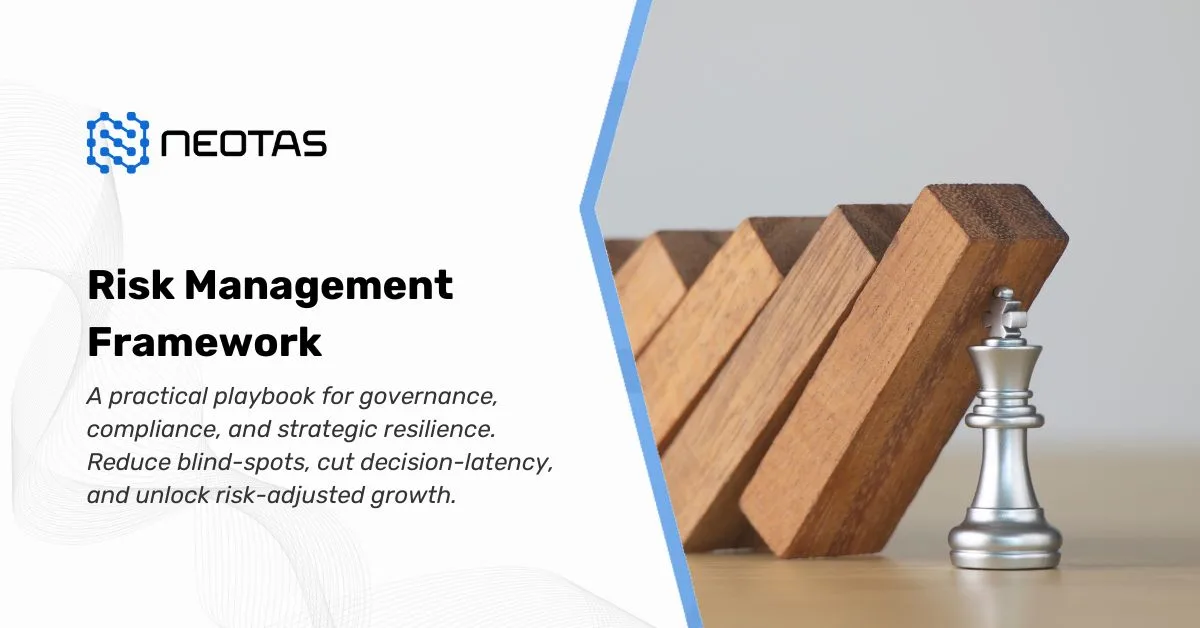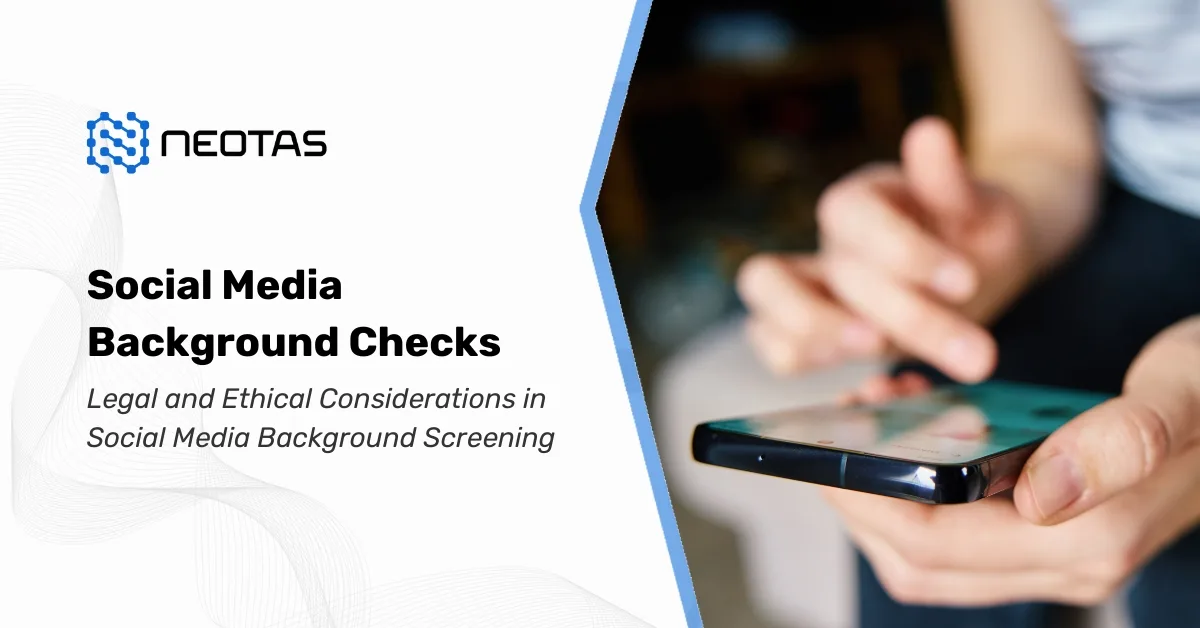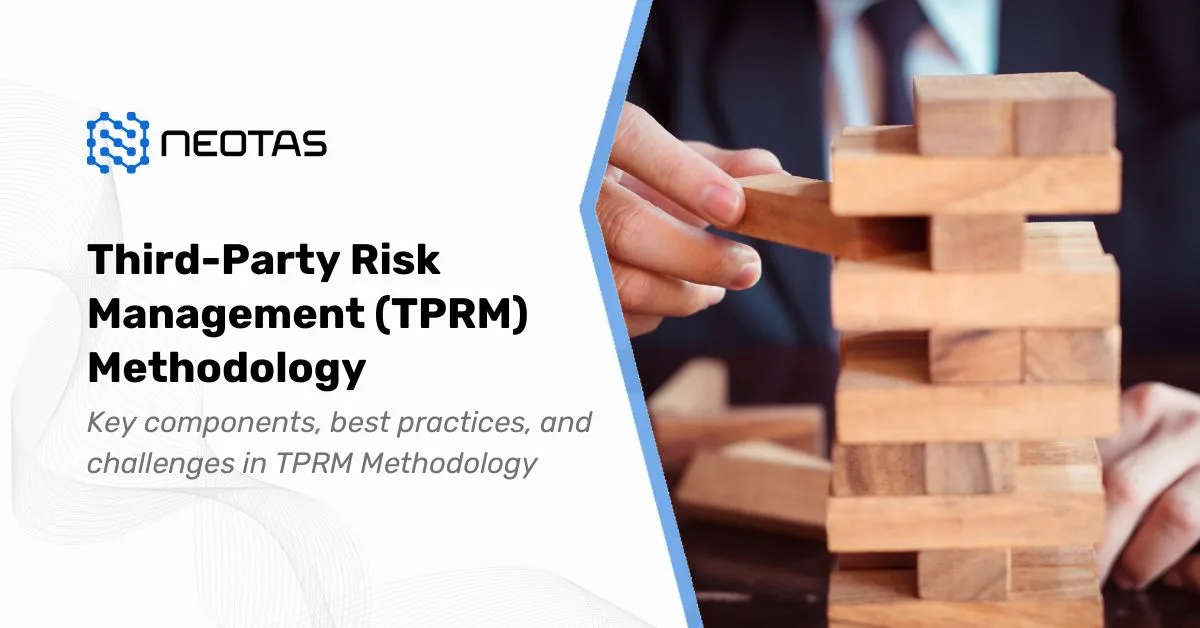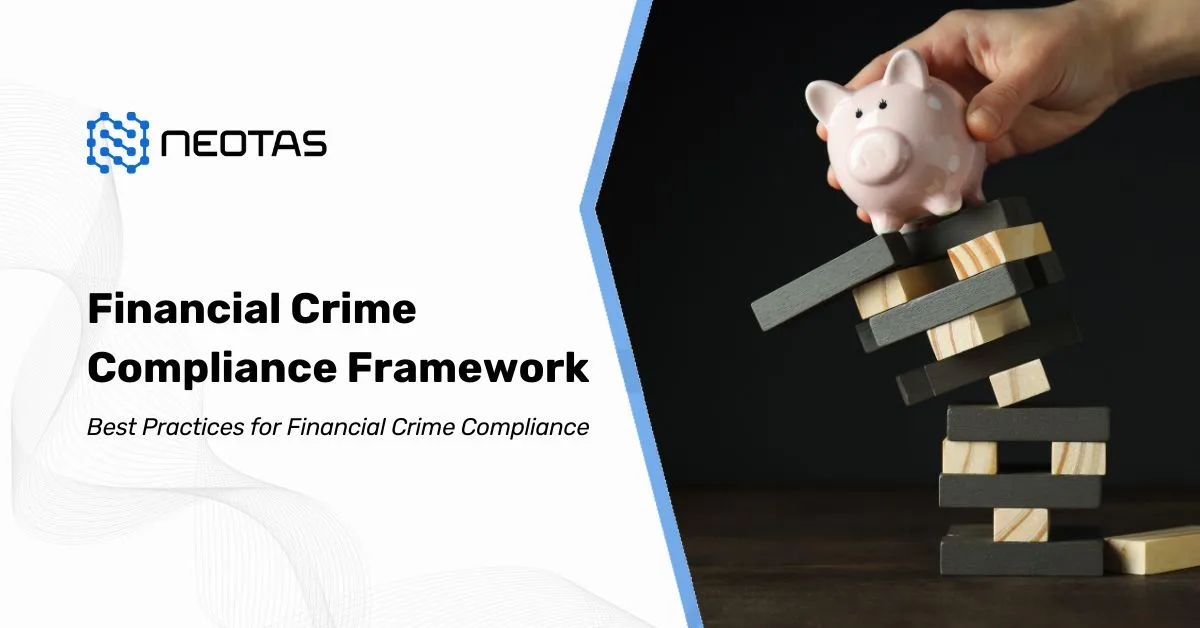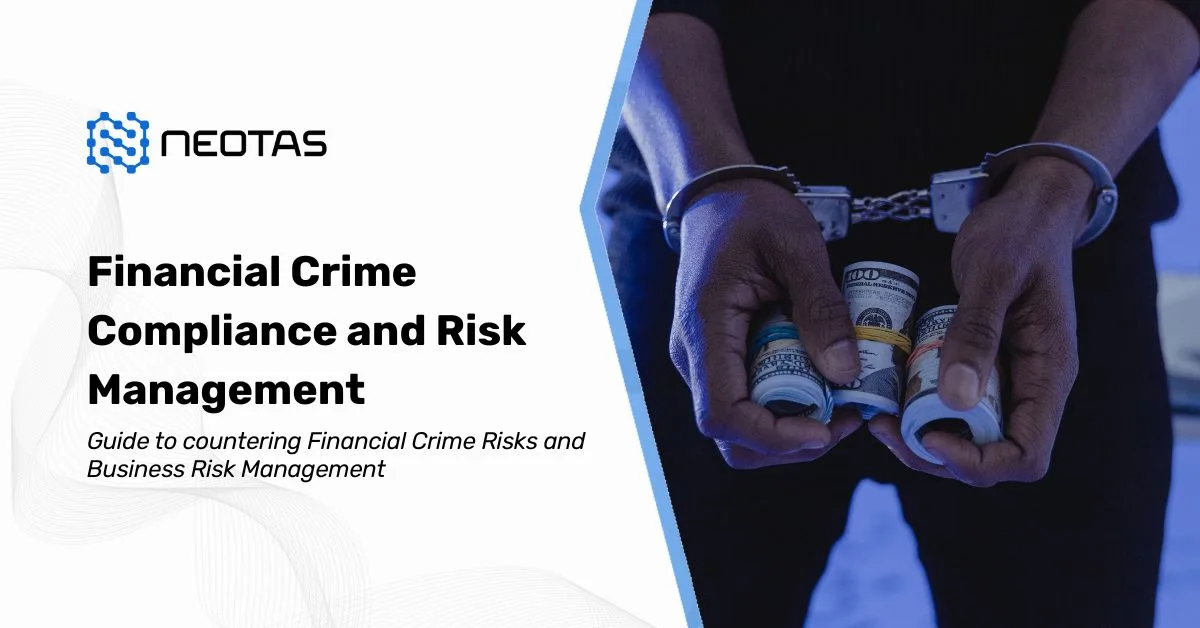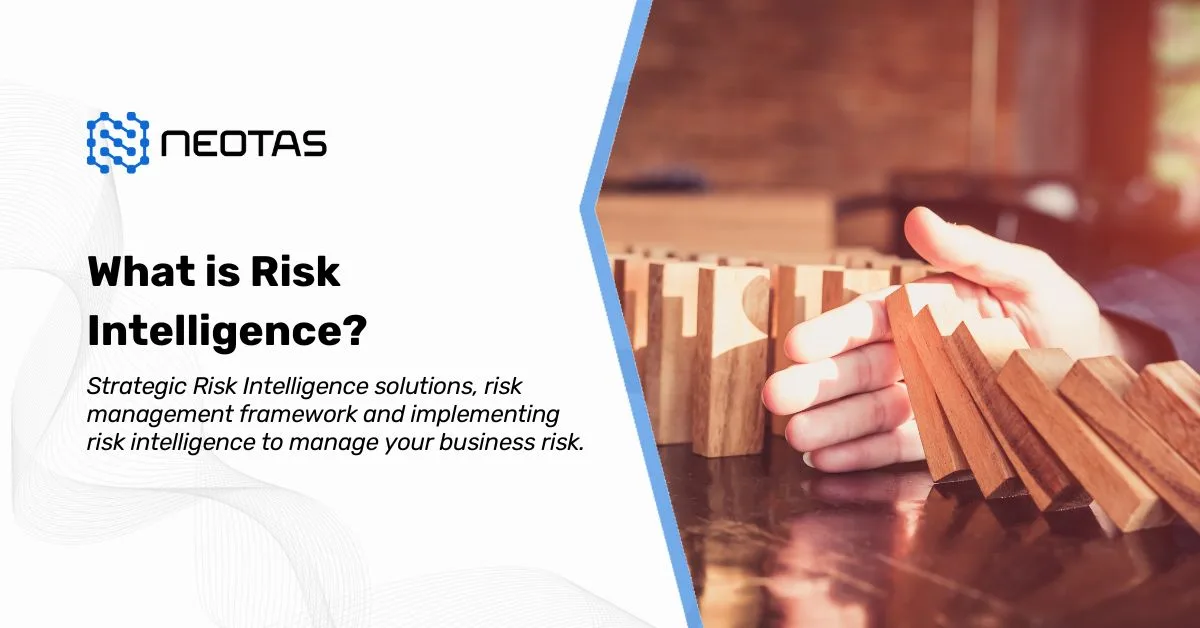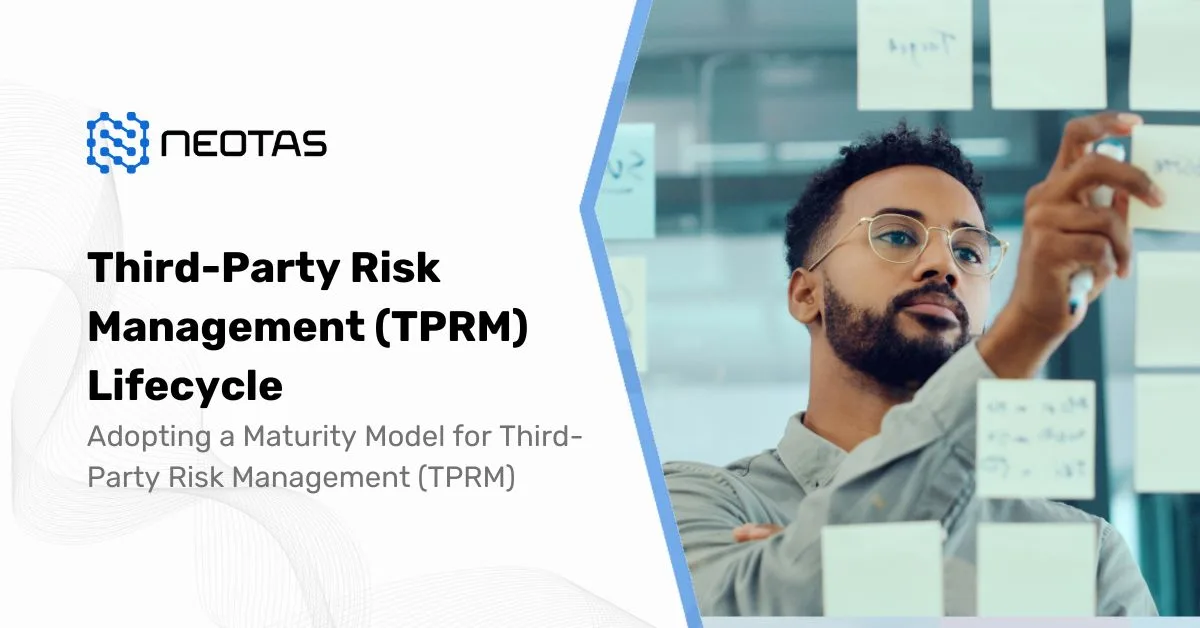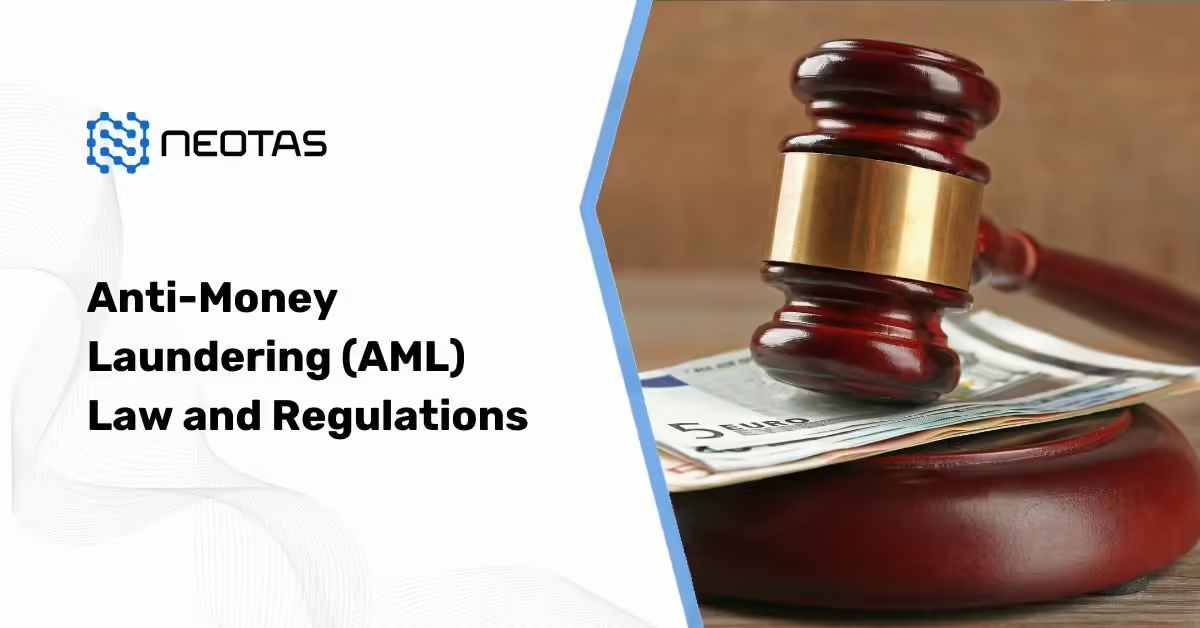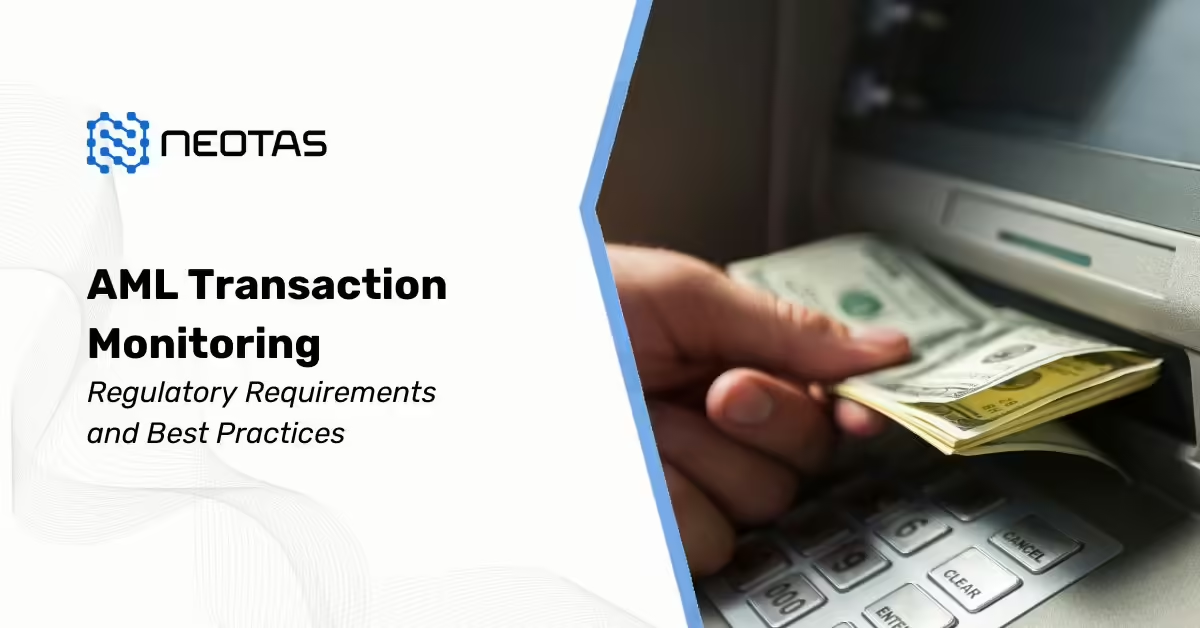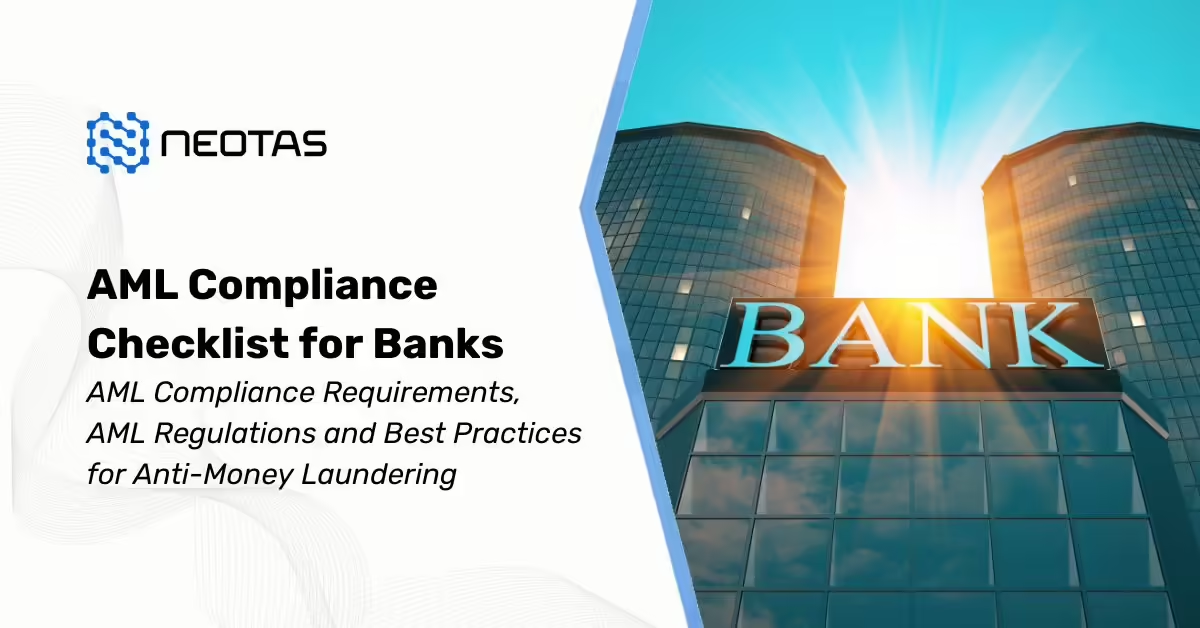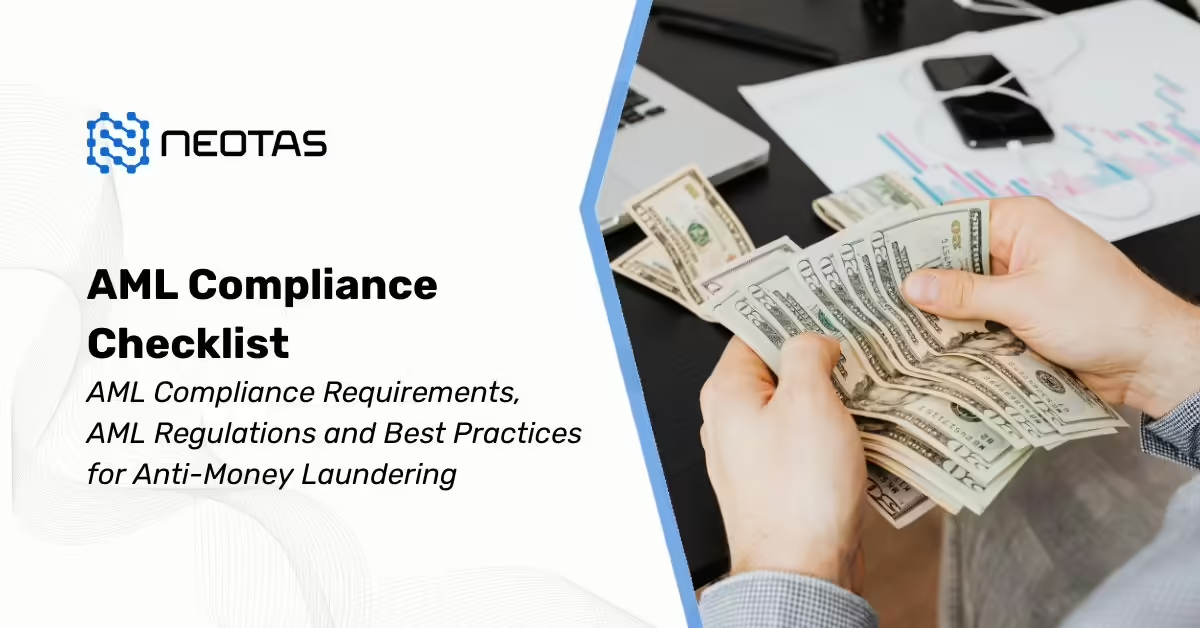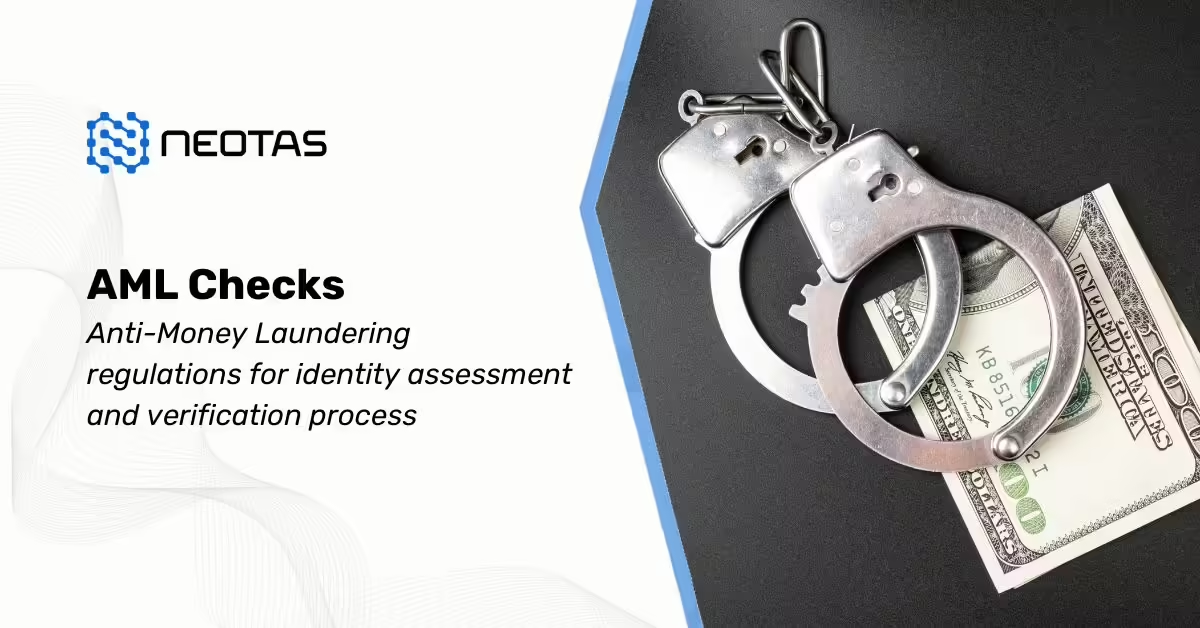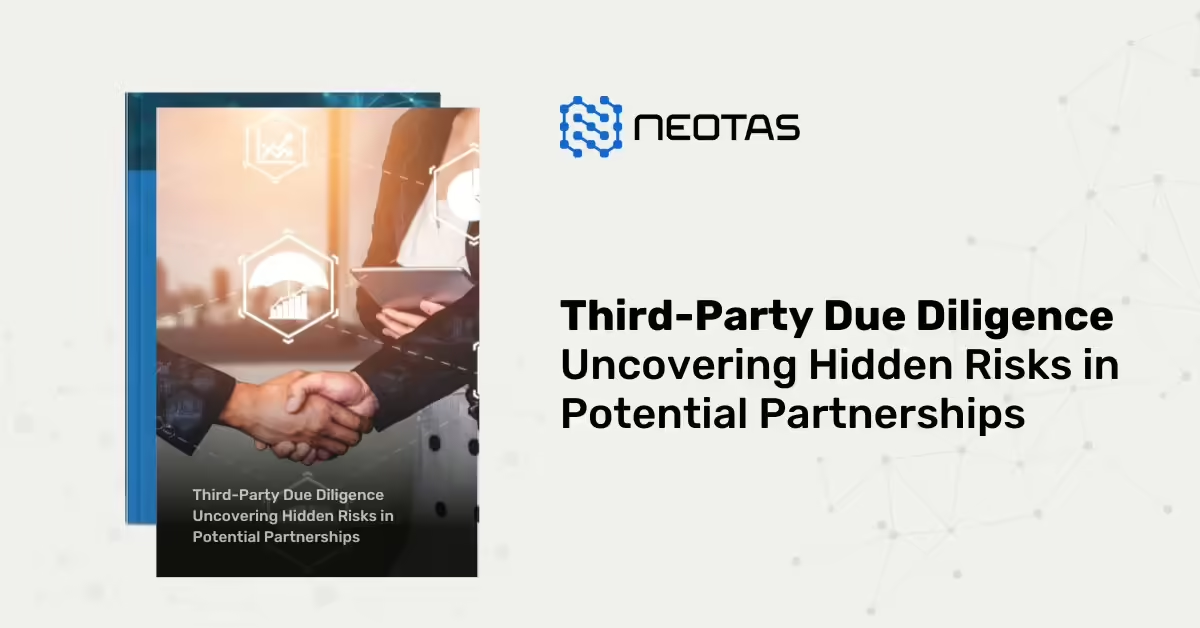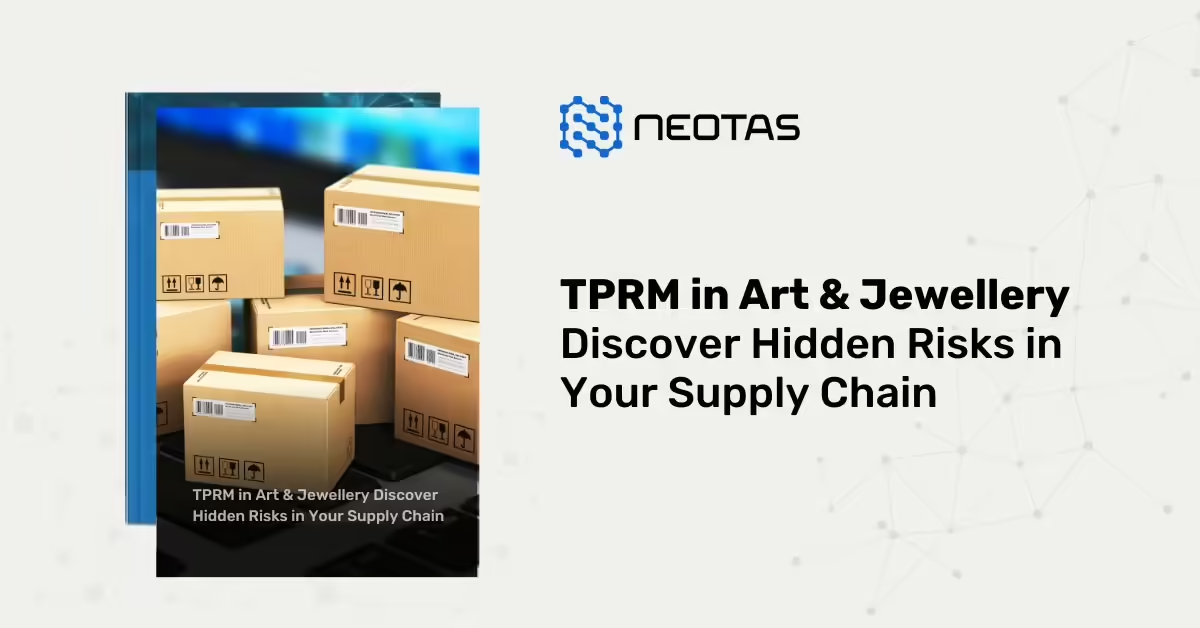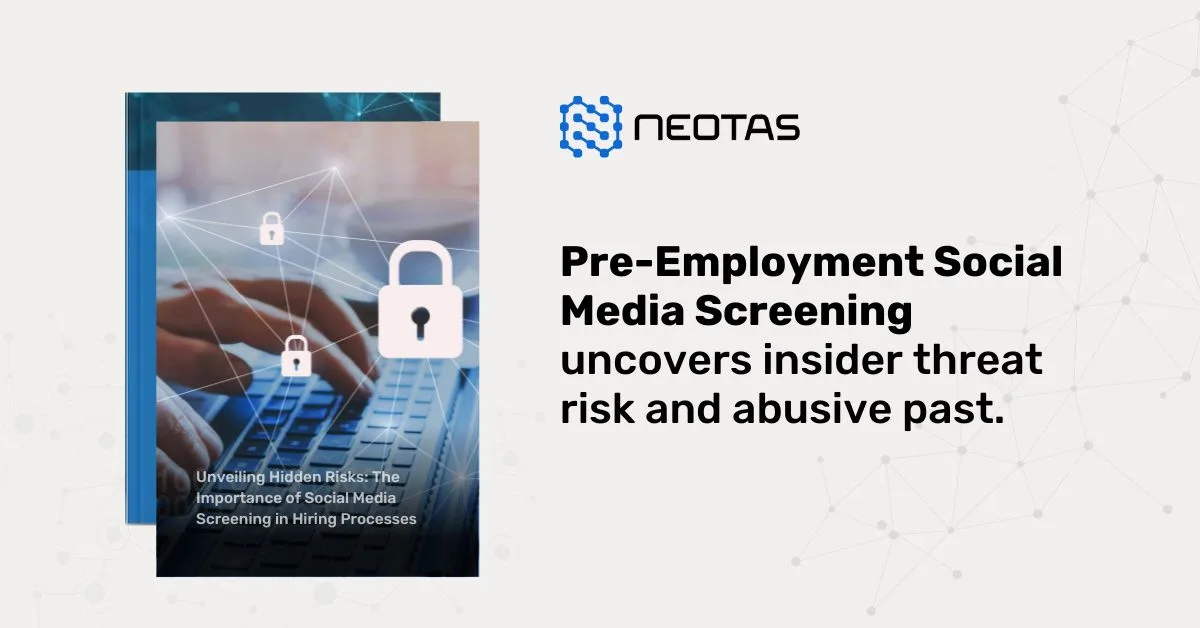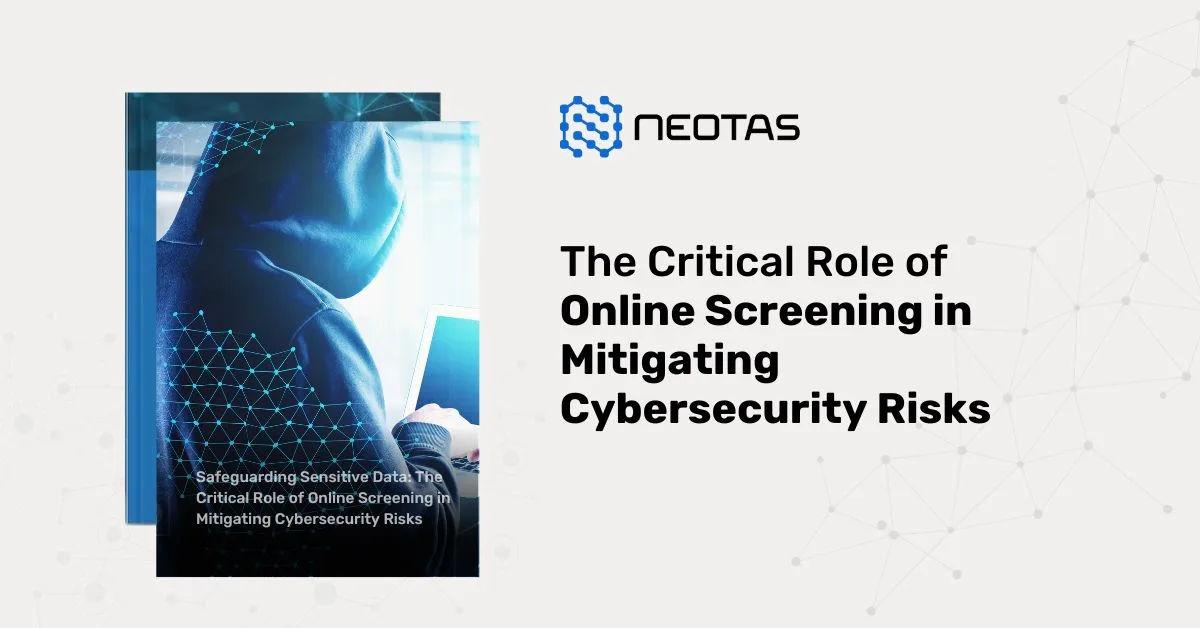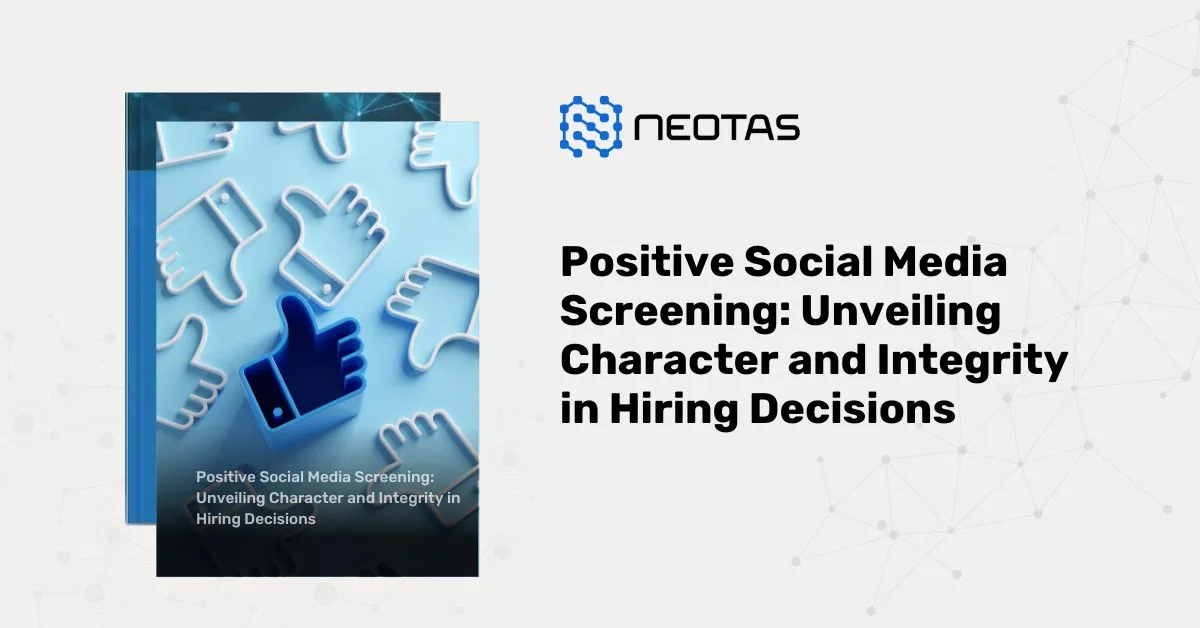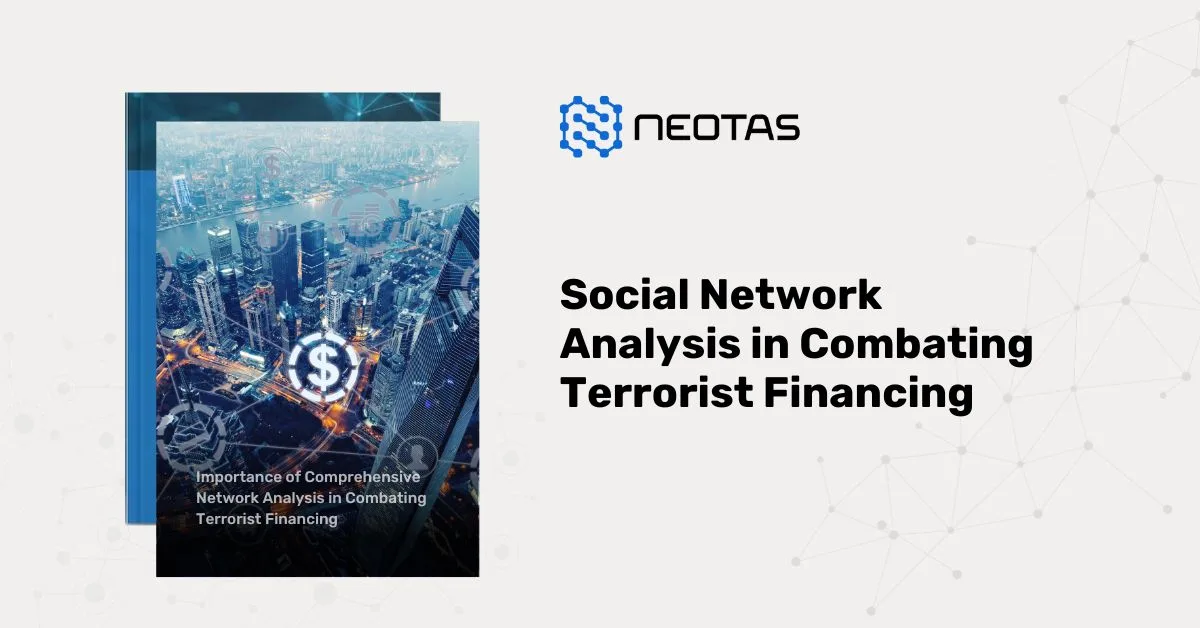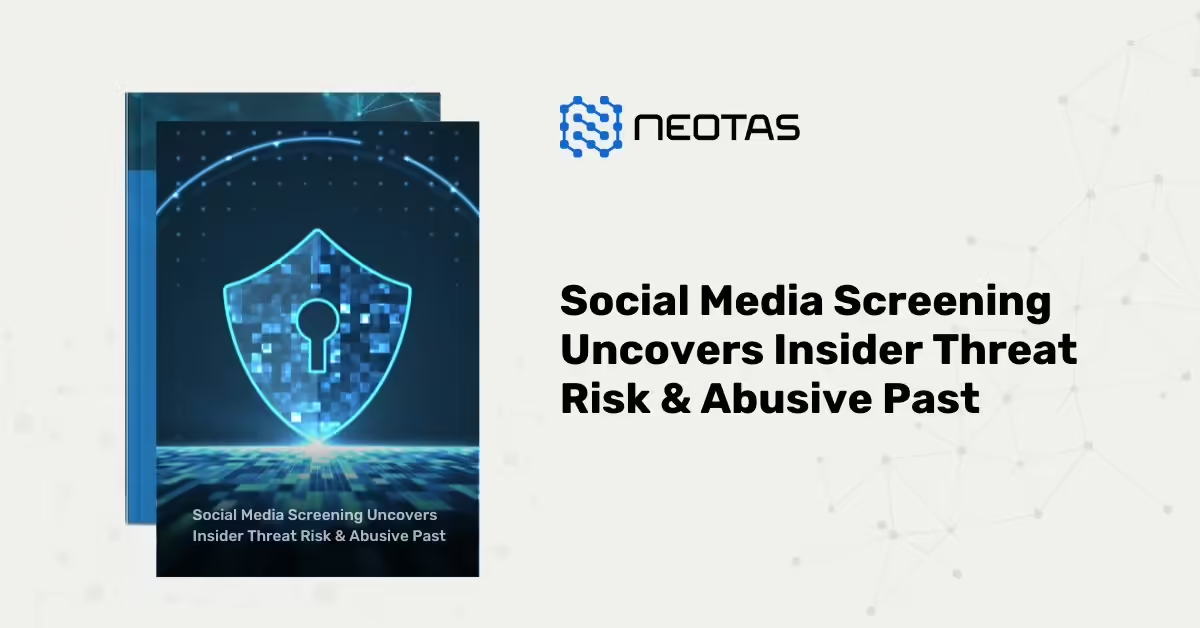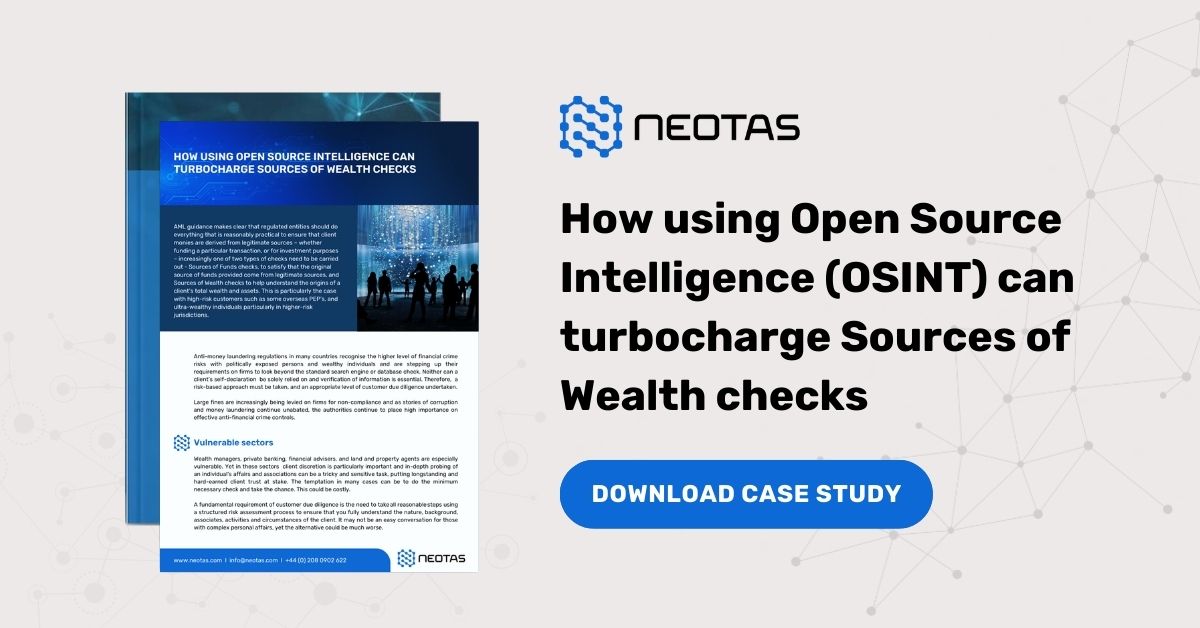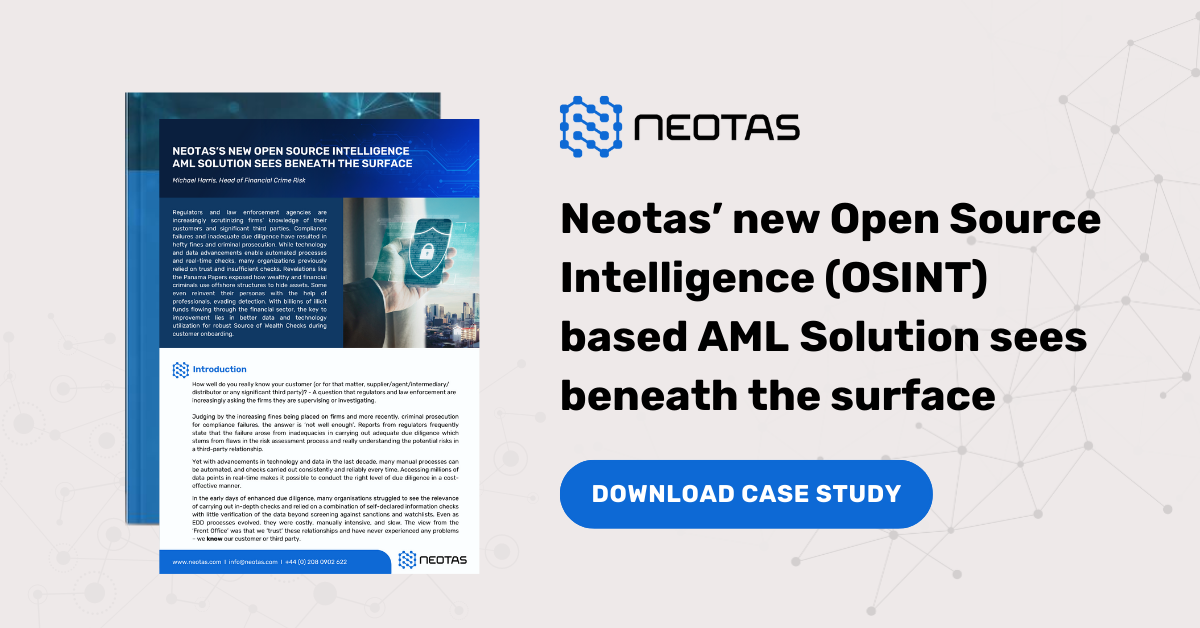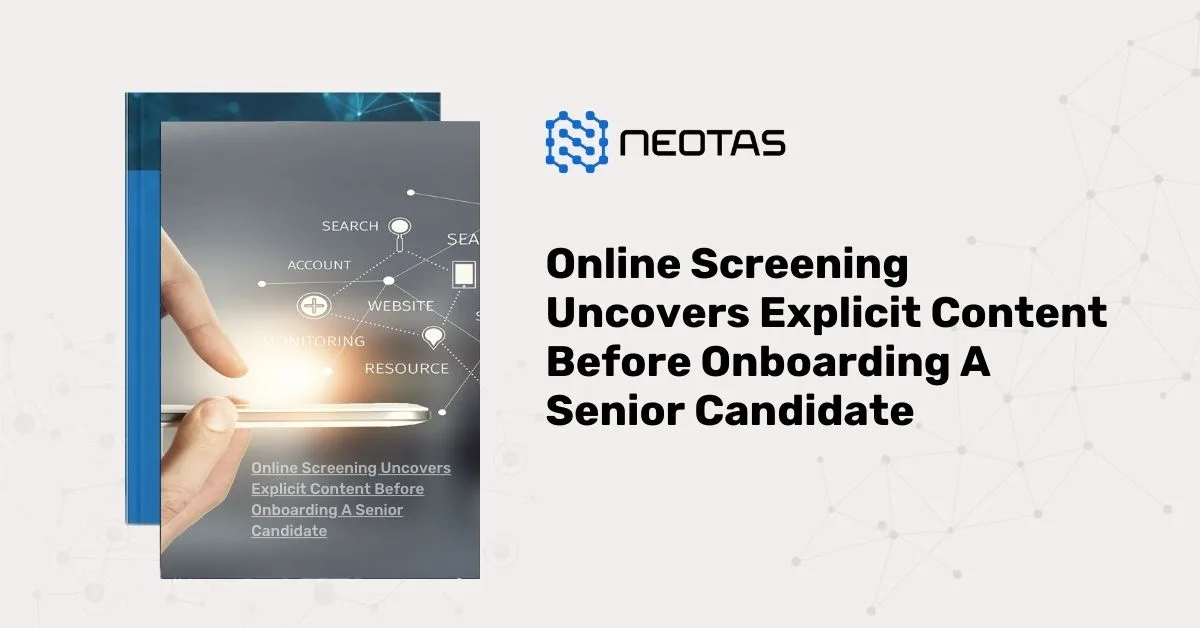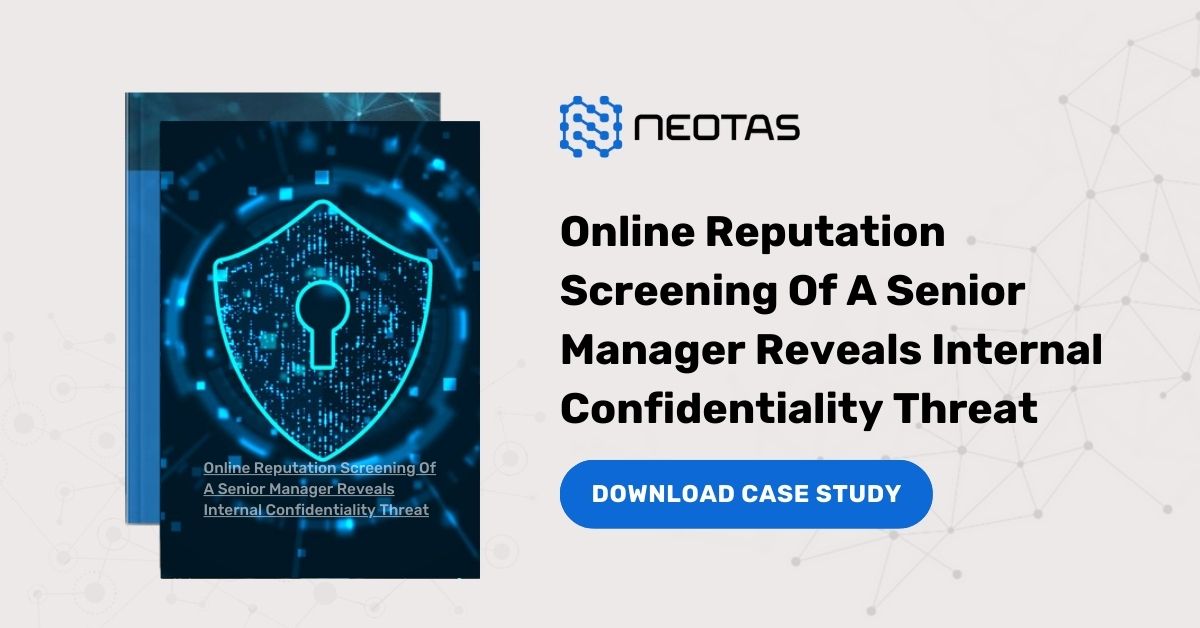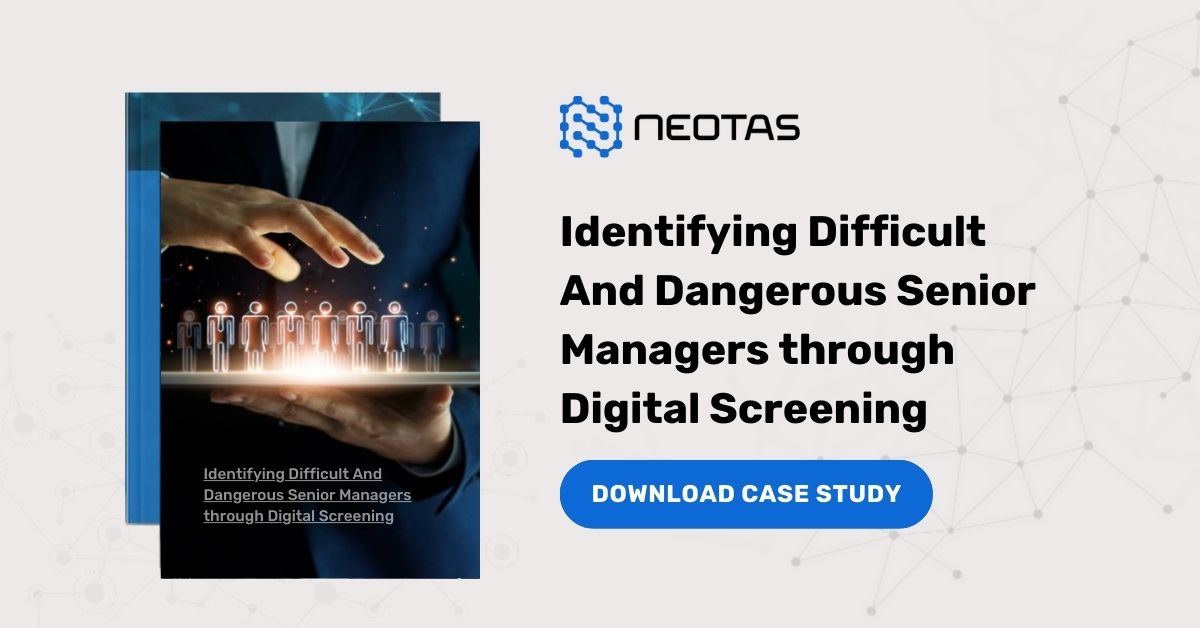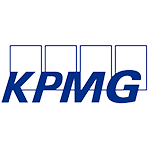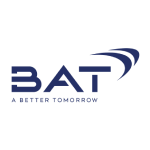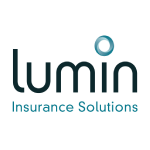Best Practices for Conducting Enhanced Due Diligence
Conducting enhanced due diligence (EDD) effectively requires the adoption of best practices to ensure a comprehensive and robust process. Here are some of the key best practices to consider:
Establish a Comprehensive EDD Policy:
- Develop a well-defined and documented EDD policy that outlines the organization’s approach, triggers, and procedures for conducting EDD.
- Ensure the policy is aligned with relevant laws, regulations, and industry standards, and that it is regularly reviewed and updated.
Allocate Sufficient Resources:
- Dedicate adequate resources, both in terms of personnel and budget, to the EDD process.
- Ensure that the team responsible for EDD has the necessary expertise, skills, and access to specialized tools and databases.
Implement a Risk-Based Approach:
- Adopt a risk-based approach to EDD, where the depth and scope of the investigation are commensurate with the identified level of risk.
- Regularly review and update the risk assessment criteria to ensure they remain relevant and effective.
Leverage Technology and Automation:
- Utilize technology-enabled solutions, such as data analytics, artificial intelligence, and automated screening tools, to enhance the efficiency and accuracy of the EDD process.
- Integrate these technologies seamlessly into the EDD workflow to streamline the information gathering, analysis, and reporting stages.
Foster a Culture of Compliance:
- Ensure that the organization’s leadership and employees understand the importance of EDD and their role in the process.
- Provide comprehensive training and guidance to ensure that everyone involved in the EDD process understands their responsibilities and how to effectively execute them.
Maintain Robust Documentation:
- Document the EDD process thoroughly, including the information gathered, the analysis conducted, and the decision-making rationale.
- Ensure that the documentation is well-organized, easily accessible, and can be readily provided to regulatory authorities or other stakeholders, if required.
Implement Continuous Monitoring:
- Establish ongoing monitoring processes to identify any changes or new information that may impact the risk profile of the client, transaction, or business relationship.
- Regularly review and update the EDD process to ensure it remains effective and responsive to evolving risks and regulatory requirements.
Collaborate with Relevant Stakeholders:
- Engage with relevant internal and external stakeholders, such as legal counsel, compliance officers, and industry experts, to leverage their expertise and gain a more comprehensive understanding of the risks involved.
- Foster a collaborative approach to EDD, where information and insights are shared effectively across the organization.
Establish Escalation Procedures:
- Develop clear escalation procedures for handling high-risk or complex cases, where additional scrutiny or decision-making may be required.
- Ensure that the organization’s leadership is informed and involved in the EDD process for such cases.
Continuously Improve and Adapt:
- Regularly review and assess the effectiveness of the EDD process, incorporating lessons learned and industry best practices to drive continuous improvement.
- Be prepared to adapt the EDD process to address emerging risks, changes in regulations, and evolving business needs.
By implementing these best practices, organizations can enhance the effectiveness of their EDD processes, mitigate risks more effectively, and demonstrate their commitment to responsible and compliant business practices.

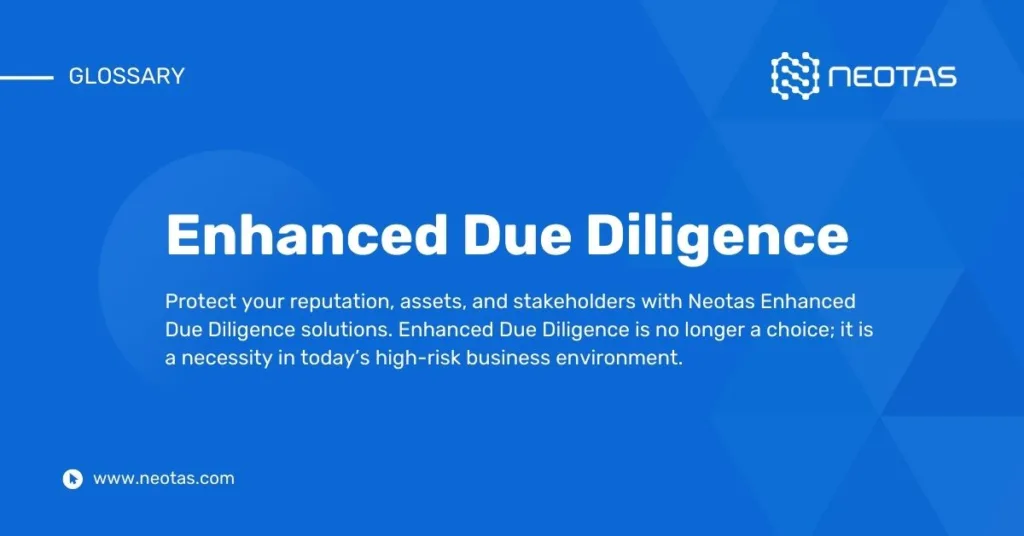

 Financial Crime Compliance Trends 2024
Financial Crime Compliance Trends 2024